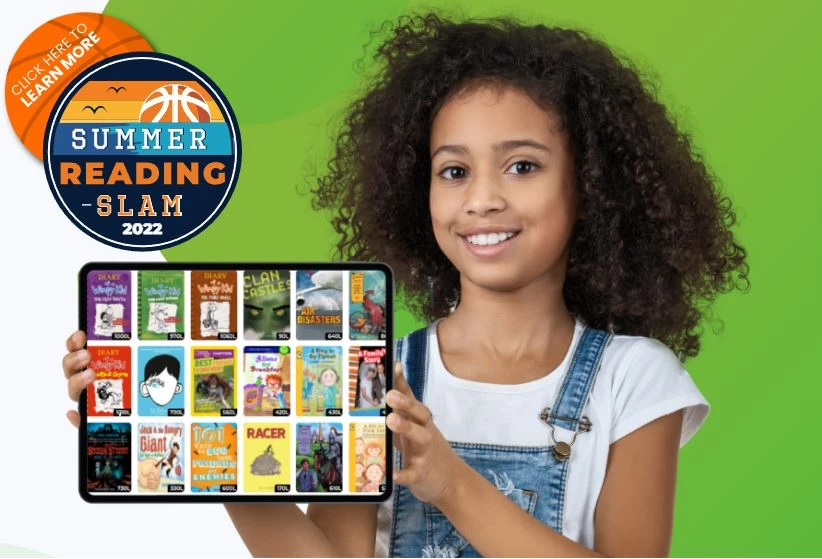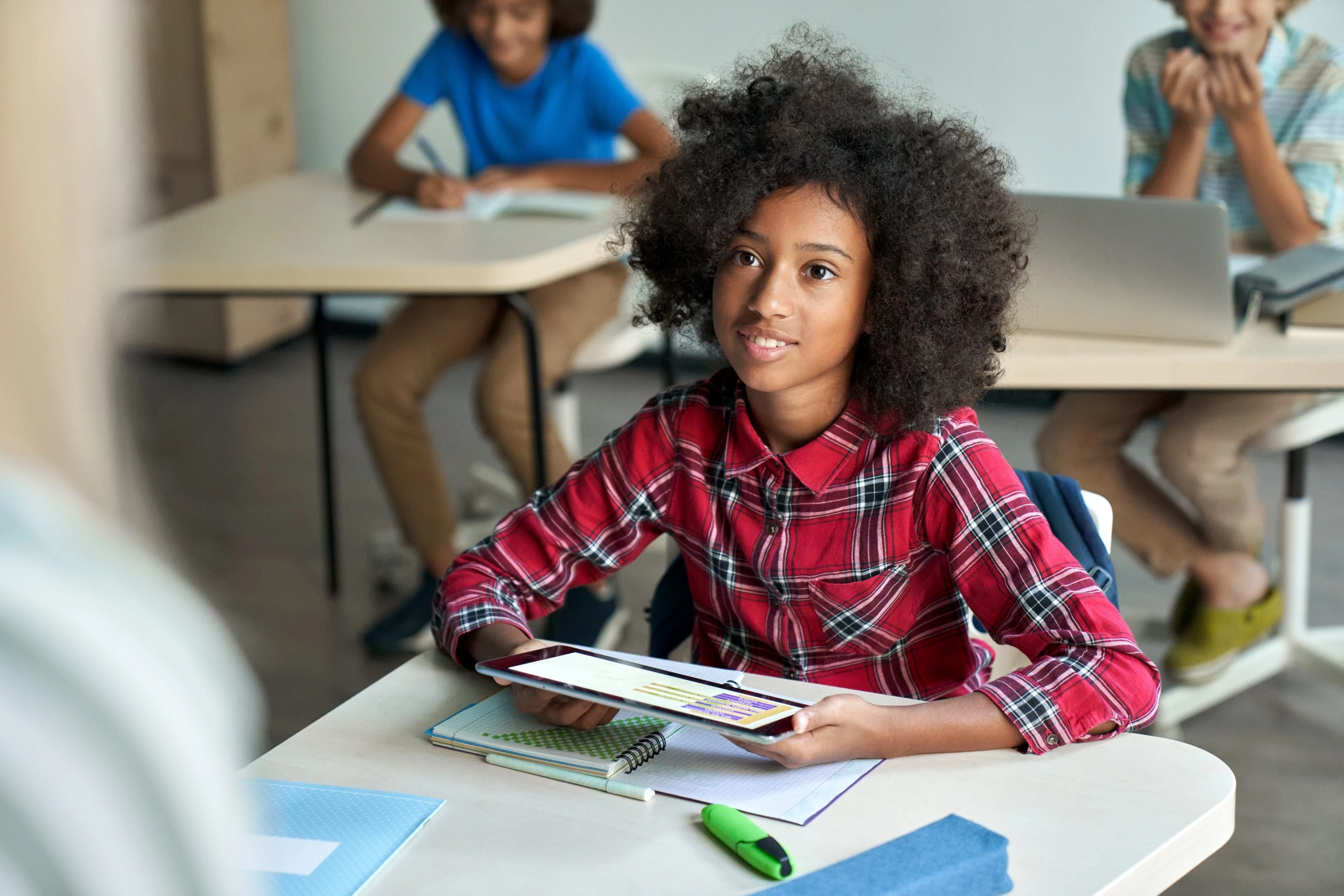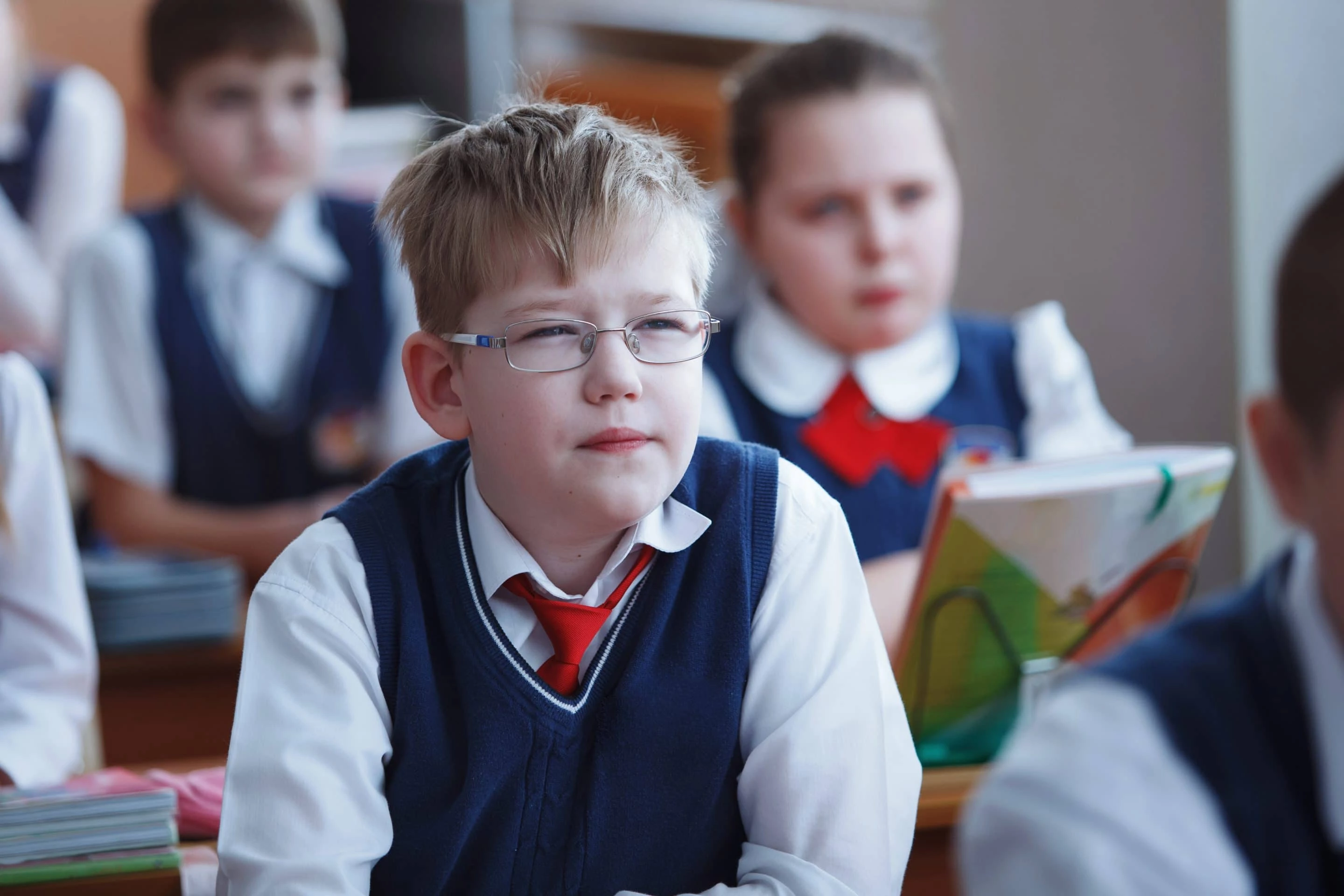
Directional dyslexia is a misnomer. The term is sometimes erroneously used to describe people who have difficulty with visual-spatial skills. There are many skills encompassed within the term visual-spatial skills. These skills include the ability to move around with an innate sense of direction, knowing how far away something is, and if you can reach out to touch it. It includes visualizing verbal information and understanding abstract spatial ideas, such as right and left. It includes understanding how to manipulate visual information, such as how to rotate a figure for it to fit into a puzzle and recognizing patterns. While some people who are dyslexic also have visual-spatial difficulties, the two don’t always coincide. It is more common that difficulty with spatial awareness may be impacted in children with developmental disorders such as autism.
1. What It Impacts With Academic Skills
Visual-spatial difficulties can affect many threads of education. It can affect letter formation, near and far point copying, visual tracking with reading, understanding mathematical concepts, higher order reading comprehension, and difficulty with understanding visual pieces of information, such as maps, charts, and graphs.
2. How It Can Be Improved
People who have difficulty with spatial orientation can improve by studying maps and learning how routes connect to one another. To practice, start with making a map of a room or your house with your child, then move to making a map of your street. Other visual-spatial skills can also be improved with games. Playing games like tangrams or other puzzle games will strengthen a child’s visual spatial skills. The Genius Square is a fun game that asks the user to figure out how to fit pieces into a puzzle. Playing a video game like Tetris is also a way to improve rotational and spatial understanding. A scavenger hunt or hide and seek with clues that use visual-spatial words can also help a child gain understanding of spatial words and concepts. When introducing a new task to your child, it is very beneficial to give detailed verbal instructions along with a visual task, guiding the child through several times before asking them to complete the task independently.
3. How LightSail Can Help
LightSail’s Personalized Reader can help a child with visual-spatial difficulties that impact visual tracking. The Personalized Reader has the push and cover option that keeps a student tracking from left to right over each line while reading. It also has the ability to limit the number of lines seen through the reading spotlight. Around this reading spotlight you have the ability to shade on a continuum what has been read or is coming next in the text. Over time, practicing reading with these tools will help them track text. LightSail also has thousands of audiobooks, which allows a child with visual-spatial difficulties to use their verbal comprehension. They can choose to read along as they listen to practice both visual and auditory skills.

Posted on 8.Aug.21 in Struggling Readers




